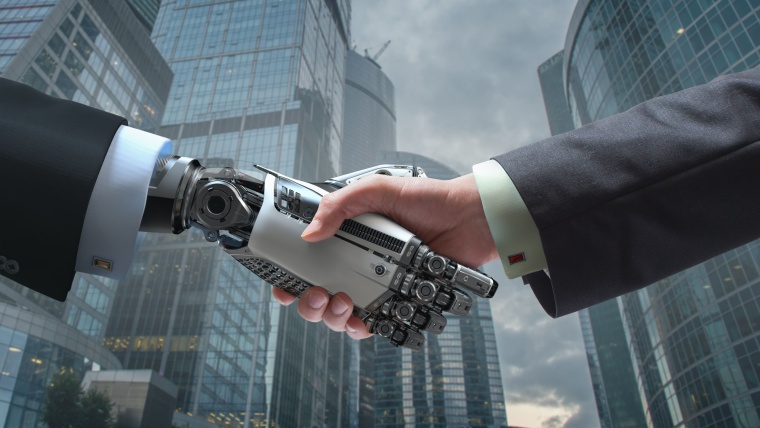The Artificial Intelligence (AI) revolution has also reached the world of professional translation. From startups to multinational corporations, many companies are turning to automated solutions like DeepL, Google Translate, and generative language models to translate documents, websites, contracts, and much more.
The promise is clear: more speed at lower costs. But how far is this true? And when do these savings turn into a loss?
In this article, Global Languages brings an in-depth analysis of AI advances in translation, the hidden risks of this trend, and how your company can benefit from technology without compromising quality, security, and reputation.
The rise of AI in translation: real-time efficiency
In the last five years, AI applied to translation has evolved exponentially. Neural Machine Translation (NMT) models today can:
- Translate millions of words per minute
- Learn from large volumes of data
- Adjust tone and style based on commands
These capabilities have made AI extremely attractive for sectors that deal with high volumes of text, such as e-commerce, customer service, tourism, technology, and information.
Typical scenario: A SaaS company with global clients needs to translate FAQs, tutorials, and system messages into 10 languages. With AI, this is done in days instead of weeks.
But AI doesn’t understand the context, culture, or responsibility
Despite advances, AI still makes glaring errors when it comes to:
- Complex technical and legal terms
- Semantic ambiguity
- Cultural and regional differences
- Legal or regulatory interpretation
Furthermore, there is no accountability from automated tools for errors made. A translation error in an international contract or medical report, for example, can result in lawsuits, loss of clients, or legal sanctions.
Real cases of serious failures with automated translations
- A pharmaceutical multinational had to recall batches of a medication in the Middle East after a poorly translated instruction for use led to incorrect application.
- A technology company lost an international bid for presenting a translated contract with ambiguous expressions and conceptual errors.
- An e-commerce website suffered a boycott in an Asian country after involuntary offensive automatic translations.
AI + human translator: the best of both worlds
At Global Languages, we believe in the hybrid model as the ideal solution:
- Supporting AI: we use customized neural translation tools, with translation memories and sector-specific glossaries.
- Specialized human revision: native translators, certified and with experience in the client’s sector validate and adjust each document.
- Security and compliance: we operate in a secure environment, with confidentiality protocols and LGPD compliance.
This model ensures:
- Up to 50% reduction in delivery time
- Translations with legal and terminological validation
- Cost optimization without sacrificing quality
When should you avoid pure AI?
Avoid the exclusive use of AI for the following:
- Contracts, legal opinions, or legal terms
- Medical documents, exams, or diagnoses
- Immigration or international legalization dossiers
- High-impact institutional materials (such as crisis communications)
In these cases, responsibility and human interpretation are irreplaceable.
Conclusion: technology is an ally, but the human translator remains essential
AI is a powerful tool when used responsibly. Instead of replacing translators, it empowers them to deliver more, with greater precision. The secret lies in combining artificial intelligence with human intelligence.
At Global Languages, this combination is part of our DNA: technology with a human touch. If your company wants to translate with efficiency, security and added value, get in touch with us.
Request a personalized proposal and discover how to translate with intelligence.



